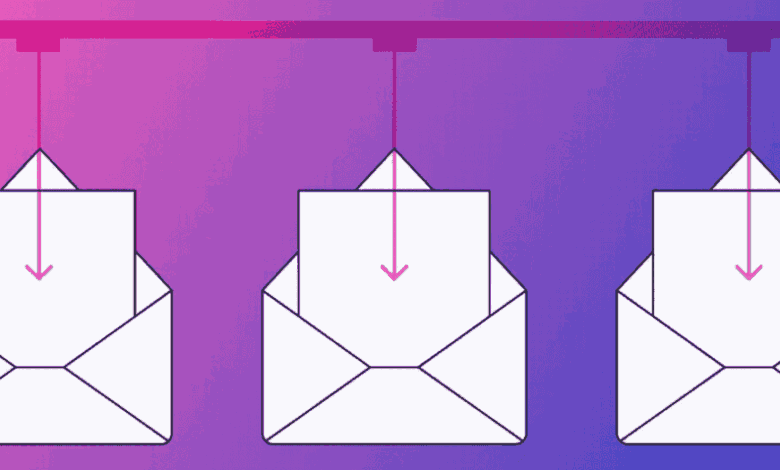
Understanding the Basics of Email Marketing
A key component of digital communication strategy is email marketing. This solution is outstanding for companies requiring direct access to a large audience. It allows businesses to communicate with customers more personally and reach them directly in their inboxes. Delivering customized content with a quantifiable return on investment makes email marketing so powerful. By utilizing a reliable email marketing solution, businesses are equipped with the features needed to streamline their campaigns. These solutions often include tools for creating visually appealing emails, managing large contact lists, and tracking the success of various campaigns—all essential for achieving marketing objectives efficiently.
The Art of Segmentation
Segmentation is an art and science that significantly impacts the success of email marketing strategies. It involves dividing your contact list into distinct segments based on specific criteria. These criteria include demographic information like age, location, or income levels; behavioral insights such as past purchasing behaviors or interaction with previous emails; and psychographic factors considering interests, opinions, and lifestyle choices. Segmentation aims to craft tailored messages that appeal directly to the recipient’s unique needs and preferences, leading to better engagement and conversion rates.
The Many Faces of Segmentation
Various strategies can be applied within the realm of segmentation. Geographic segmentation divides audiences based on their physical locations, which is particularly effective for region-specific campaigns. Behavioral segmentation focuses on the user’s actions, such as purchase history or browsing behavior, offering insights into what might prompt future actions. Lastly, psychographic segmentation digs deeper into the psychological aspects, understanding desires and motivations, thus enabling a more personalized approach that resonates with individual values.
Personalization and Its Impact
Email marketing personalization extends far beyond including the recipient’s first name in the subject line. It encompasses creating content that speaks directly to the individual’s interests, preferences, and past interactions with the brand. Businesses can craft compelling messages that users find genuinely engaging by incorporating dynamic content that adapts based on user data. Personalization has proven highly effective, with studies indicating that personalized emails can lead to higher transaction rates than their non-personalized counterparts.
Harnessing AI and Automation in Email Campaigns
Integrating artificial intelligence (AI) and automation transforms email marketing into a more precise and efficient practice. AI tools provide capabilities for optimizing send times, dynamically personalizing email content, and even generating engaging subject lines that increase open rates. Automation allows for deploying complex email sequences that cater to customer journey stages—from welcome series to re-engagement campaigns. This enhanced efficiency allows marketers to focus on strategy while automation handles execution at scale. To remain at the forefront of innovation, understanding how AI transforms email marketing is invaluable for businesses aiming for long-term sustainability in their marketing efforts.
Ensuring Compliance with GDPR
The regulations under the General Data Protection Regulation (GDPR) have significantly changed how companies approach email marketing. Compliance is non-negotiable and involves ensuring that all subscriber data is collected and managed transparently and legally. Businesses must secure explicit consent before adding individuals to their email lists and provide an easy-to-access opt-out mechanism, fostering a trusting relationship with the audience. Implementing GDPR-compliant strategies protects the consumer and bolsters the brand’s reputation and operational integrity.
Performance Analysis: What to Track?
An effective email marketing plan relies on careful performance analysis. Key metrics to monitor include click-through rates, which indicate how many recipients clicked on links within the email, and open rates, which show the percentage of recipients who opened the email. Additionally, conversion rates measure the proportion of recipients who complete a specific action resulting from the email. A/B testing allows businesses to explore different versions of their emails to determine the most effective elements. By tracking these metrics and continuously refining their strategies, businesses can ensure that each campaign is more successful than the last.
Innovative Trends Shaping the Future of Email Marketing
Email marketing is continually evolving due to technological advancements and changing consumer expectations. Current trends are pushing the boundaries by incorporating interactive email elements and AMP technology, which enable more dynamic engagement within the inbox. This allows marketers to create a richer, more interactive experience, enhancing reader engagement and driving conversion rates. Any brand must stay informed about innovative email marketing trends to maintain a competitive edge and relevance in the rapidly changing digital landscape.
Implementing a Diverse Email Strategy
Success in email marketing lies in a comprehensive approach that effectively combines segmentation, personalization, AI integration, and compliance. By regularly evaluating and adjusting strategies based on performance metrics and consumer trends, marketing efforts can remain agile and impactful. When executed with attention to detail and customer-centricity, email marketing can become a formidable engine for customer engagement and sustained business growth.



